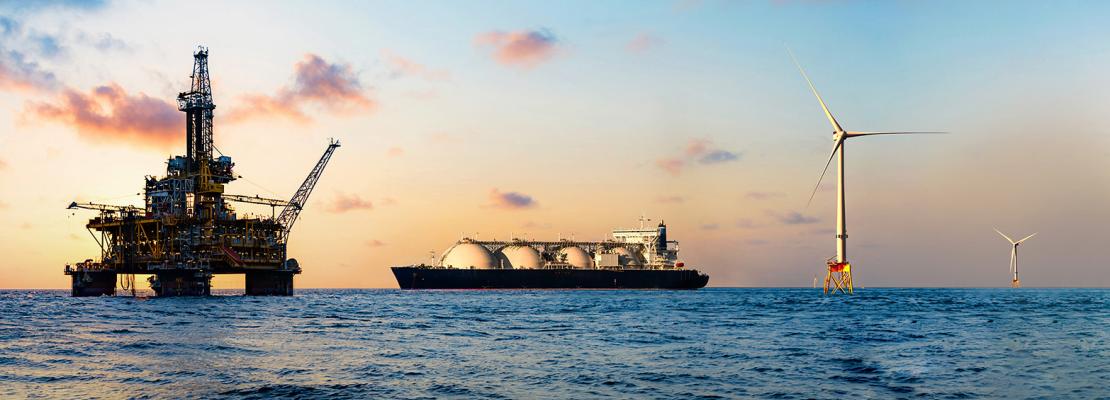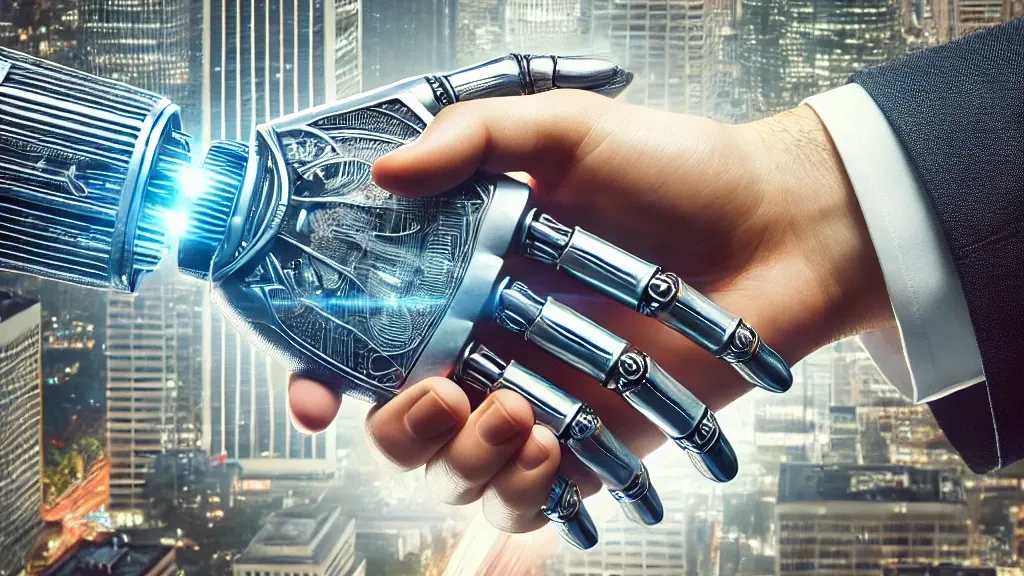Featured
China’s Strategic Clapback: How Luxury Brand Exposure Became an Economic Retaliation Tool
China claps back on the United States

In the wake of escalating tariff tensions between the United States and China, a new form of economic retaliation has emerged—one that doesn’t involve additional taxes, embargoes, or diplomatic statements. Instead, China has turned to social media and transparency as its sharpest tools. What began as viral content on platforms like Douyin (China’s version of TikTok) has become a calculated, highly effective campaign revealing the true cost structures and manufacturing origins of Western luxury products.
The results? Consumer backlash, brand skepticism, and a major shake-up in global perceptions of luxury.
The Backdrop: U.S. Tariffs and China’s Silent Response
The U.S. recently imposed a new wave of tariffs targeting Chinese imports—ranging from electric vehicles to critical components used in renewable energy and technology sectors. Instead of responding through traditional government channels, China opted for a culturally resonant and strategically disruptive response: peeling back the curtain on the luxury goods Americans hold dear.
Through viral videos, Chinese factory workers, influencers, and content creators have started showcasing the real production costs and assembly processes behind designer items sold by global brands like Hermès, Gucci, Chanel, and others. The content, often presented in side-by-side comparisons of production cost versus retail price, has gone viral on both Douyin and TikTok, resonating with a global audience of skeptical, budget-conscious consumers.
Revealing the Margins: From $100 Manufacturing to $10,000 Price Tags
One widely shared video displayed the step-by-step manufacturing of a Hermès-inspired handbag, noting that its production cost was approximately $120 USD. The retail equivalent of the same bag? Upwards of $12,000. Similar videos have shown luxury sneakers being produced for under $30, designer belts for less than $20, and branded jewelry created from base materials available at a fraction of retail prices.
The implications are far-reaching. For decades, luxury brands have justified their price points through the appeal of exclusivity, craftsmanship, and brand legacy. However, this transparency campaign is effectively undercutting that narrative by focusing the spotlight on the reality of outsourced labor and inflated margins.
Psychological Warfare Through Transparency
While the move may appear grassroots, industry analysts suggest this surge of transparency is anything but random. It comes at a time when the Chinese government is tightening its internal regulations on displays of wealth and pushing for greater domestic modesty in personal consumption. At the same time, this exposure allows China to assert quiet leverage in the ongoing trade war.
By revealing that many luxury products sold in the West are, in fact, manufactured in China—often in the very factories now subject to tariffs—China is flipping the power dynamic. It’s a reminder to Western consumers and lawmakers alike: China is not merely a source of low-cost goods—it is also the backbone of many of the West’s most celebrated brands.
This form of “soft retaliation” is strikingly effective. Rather than targeting governments, it targets perceptions. And in an era where brand reputation can swing markets, perception is everything.
Consumer Reaction: Disillusionment and Demand for Accountability
As these revelations gain traction, social media has become a hotbed of discussion. Consumers, especially younger generations, are questioning the true value of the luxury items they once saved up for. Comments across platforms express a common theme: disillusionment.
Many are calling for more ethical transparency in pricing models and supply chain management. The exposure has also triggered interest in alternative luxury, such as direct-to-consumer models and brands that prioritize authenticity and fair labor practices.
This shift presents both a challenge and an opportunity for global luxury brands. The challenge: rebuilding consumer trust. The opportunity: reintroducing their value in a way that withstands scrutiny—not just from regulators, but from an increasingly informed customer base.
Broader Implications for the Luxury Market
The luxury industry is built not only on materials and labor, but on perception. Prestige, quality, and exclusivity are carefully curated attributes that command high margins. The current wave of manufacturing transparency challenges the very foundation of that perception.
As global consumers become more aware of product sourcing and true cost structures, brands will be forced to adapt. This may lead to:
- A deeper investment in domestic manufacturing to regain trust
- Greater openness about pricing models and ethical practices
- Stronger marketing around craftsmanship and quality assurance
At the same time, this may also accelerate the decline of blind brand loyalty. Consumers are already turning toward values-based shopping, and this transparency push could expedite that shift.
Conclusion: Economic Strategy Reimagined
China’s decision to allow—or at least not suppress—the mass exposure of U.S. luxury brands’ production realities is a masterclass in modern economic strategy. It sidesteps direct confrontation and instead wields cultural and consumer influence as tools of power. Rather than imposing tariffs of its own, China has placed the burden of response on Western companies and the consumers they serve.
As the global economy becomes more interconnected and more visible, traditional forms of economic retaliation may give way to perception-based strategies. In this case, China has sent a message loud and clear: If you’re going to tax our exports, don’t be surprised when we reveal what your imports are really made of.
Featured
Global Wealth Gap: The Richest 1% vs. Everyone Else
The wealth gap isn’t new—but it’s widening at a pace that economists call unsustainable. According to Oxfam, the world’s richest 1% now own nearly half of all global wealth. Meanwhile, billions of people are living paycheck to paycheck, with little access to basic healthcare, education, or housing.
The pandemic accelerated this divide. While millions lost jobs, the world’s billionaires collectively saw their wealth soar by trillions. Inflation, rising housing costs, and economic instability have only worsened the squeeze on middle- and low-income families.
This growing inequality isn’t just a moral issue—it’s an economic and political one. Economists warn that when wealth is concentrated in too few hands, overall economic growth slows. Social unrest becomes more likely, and trust in institutions erodes.
Technology plays a role as well. The digital economy tends to reward those with capital and access to innovation, while traditional labor markets shrink. Without intervention, the gap between the tech-rich and the working poor will only expand.
Governments face a tough balancing act. Some advocate for higher taxes on the ultra-wealthy, universal basic income, or stronger social safety nets. Others argue that overregulation stifles innovation and investment. The debate is fierce, and the stakes are high.
One thing is certain: the gap will not close on its own. Leaders must take deliberate steps to ensure that growth benefits more than just the elite few. Otherwise, the promise of global progress risks becoming a story of two worlds—one of extreme wealth, and one of enduring struggle.
Featured
The Future of Energy: Can the World Wean Itself Off Oil?

Global reliance on oil has been a defining factor of modern history. Wars have been fought over it, economies built upon it, and political alliances shaped by it. Yet as the urgency of climate change grows, the world is facing a critical question: Can we truly move beyond oil?
The answer is complicated. Renewable energy is advancing at record speed. Solar and wind power costs have plummeted in the last decade, and governments from Europe to Asia are investing billions into green infrastructure. Electric vehicles are becoming mainstream, with some countries setting deadlines to ban new gasoline-powered cars.
Still, oil remains deeply entrenched. It powers global transportation, fuels industries, and underpins the economies of nations like Saudi Arabia, Russia, and Venezuela. Cutting off oil too quickly could cause global instability, yet maintaining dependence accelerates climate disaster.
The transition will not be smooth. Developing nations argue they need affordable energy to grow, while developed countries push for faster climate commitments. The geopolitical stakes are high: as countries reduce reliance on oil, traditional energy superpowers may lose influence while nations leading in clean technology rise in power.
The question isn’t whether the world will transition—it’s how fast. Experts warn that current policies are not enough to meet the Paris Agreement’s goal of limiting warming to 1.5°C. The window for action is closing, and every year of delay makes the transition more costly.
The world’s energy future hangs in the balance. Success will require not just innovation, but global cooperation at a level rarely seen in history.
Featured
AI and the Global Workforce: Preparing for a Disrupted Decade

Artificial Intelligence is no longer a futuristic concept—it’s here, and it’s reshaping the global workforce faster than governments, schools, and companies can adapt. From factories in China to law firms in New York, industries are grappling with a new reality: jobs once thought to be “safe” from automation are increasingly being done by machines.
The World Economic Forum estimates that by 2030, over 800 million jobs could be displaced globally due to AI and automation. While some argue these fears are overblown, early signs are clear. Customer service chatbots are replacing call centers, generative AI tools are challenging marketing and design industries, and even sectors like healthcare and law are beginning to lean heavily on machine learning.
This shift isn’t all negative. For every role that disappears, new ones are being created—AI ethicists, prompt engineers, and data auditors, to name a few. The challenge is speed. Retraining the workforce on a global scale is a monumental task. Developing nations may feel the brunt as low-skill jobs evaporate, while advanced economies will need to rethink education systems that were built for the industrial era, not the digital one.
Businesses that survive this disruption will be those that act proactively. Investing in upskilling employees, adopting “human + AI” hybrid work models, and fostering a culture of innovation will be critical.
The bigger question is societal: What does it mean when machines can outperform humans in core areas of work? Will we redefine the value of human creativity, or will inequality rise as some adapt and others fall behind?
The AI revolution is global, and its impact will be felt in every boardroom, classroom, and household. The winners of the next decade won’t just be those who embrace AI, but those who prepare their people for it.
-

 Featured11 months ago
Featured11 months ago20 Entrepreneurs to Watch Closeout 2024
-

 Innovation1 year ago
Innovation1 year agoLeo Horacio: A Successful Entrepreneur in the Ecommerce and Online Sales Industry
-

 Latest1 year ago
Latest1 year agoCharles zhang recognized by forbes as #1 on michigan’s 2022 best in state wealth advisor list
-

 Innovation1 year ago
Innovation1 year agoInnovators in Social-Emotional Learning: Dr. Myava Clark and Chris Clark Jr.
-

 Music1 year ago
Music1 year agoArtist Deydee Signs $350,000 Contract with Rueda Empire LLC
-

 Lifestyle1 year ago
Lifestyle1 year agoPhillip Austin brings outlaw country to General Duffy’s stage – The Bulletin
-

 Latest11 months ago
Latest11 months agoFlorida Gov DeSantis signs 15-week abortion ban | Latest News
-

 Uncategorized9 months ago
Uncategorized9 months agoTrailblazer in Business: Alicia Fitts on Building Wealth and Community Through Faith
